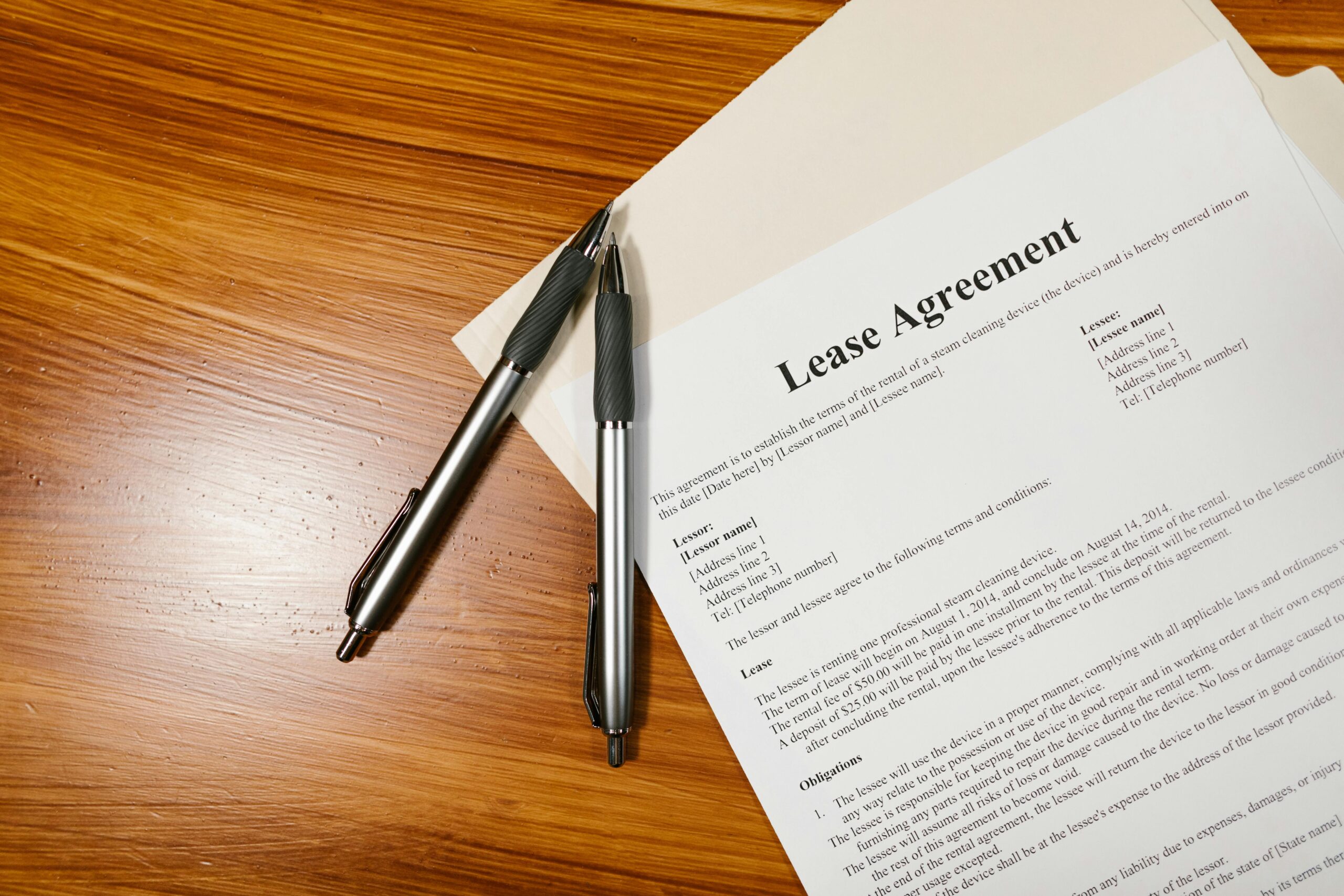
May 30, 2025 • General
In commercial real estate, your property’s net operating income (NOI) is everything. It’s the metric that lenders use, buyers evaluate, and owners obsess over. But one factor that often gets overlooked—until it becomes a problem—is lease expiration management.
If several leases expire at the same time or go unmanaged, it can seriously disrupt your cash flow and erode NOI. That’s why proactive lease expiration planning is one of the most important tools for maintaining financial stability in commercial properties.
What Is Lease Expiration Management?
Lease expiration management is the strategic process of tracking, staggering, and planning around the expiration dates of tenant leases. It helps you prevent income gaps, avoid costly vacancies, and maintain leverage in renewal negotiations.
Whether you’re managing office buildings, industrial parks, or retail centers, knowing when leases end—and having a plan in place—can protect your asset’s long-term performance.
Why It Matters
1. Avoiding Sudden Vacancy Clusters
If multiple tenants vacate at once, you could be left with a significant percentage of your property sitting empty. That kind of vacancy dip hits NOI hard and can create a domino effect—lowering property value, spooking lenders, and complicating refinancing efforts.
2. Strengthening Renewal Negotiations
When you plan in advance, you’re in control. By starting renewal talks 6–12 months out, you can gauge tenant satisfaction, compare current rent to market rates, and offer terms that work for both parties. Tenants are more likely to stay if they feel the process is smooth and proactive.
3. Better Leasing Momentum
Managing expiration timelines helps your leasing team keep a steady pipeline of activity. If you stagger lease expirations, you avoid overwhelming your team or creating leasing dry spells, both of which can drag down performance metrics.
4. More Accurate Financial Forecasting
A property with well-managed lease expirations is easier to project. You can more reliably forecast cash flow, budget for improvements, and plan for debt service—especially important in a volatile interest rate environment.
Best Practices for Managing Lease Expirations
- Use a Digital Tracker: Maintain a simple spreadsheet or software dashboard listing all lease start/end dates, renewal deadlines, and options.
- Stagger Lease Terms: Try to space lease expirations so you never have more than 15-25% of the building coming due in a single quarter or year.
- Automate Reminders: Set calendar alerts for 6, 9, and 12 months before expiration to start renewal discussions early.
- Evaluate Each Tenant: Know which tenants are high-value, which pose a risk of leaving, and what your fallback plan is for each space.
- Work With a Property Manager or Broker: If you manage multiple tenants or buildings, a dedicated team can track expirations, monitor market conditions, and provide recommendations.
Final Thoughts
Lease expiration management isn’t just about keeping your calendar in order—it’s about protecting your income. With thoughtful planning, you can maintain a stable NOI, retain good tenants, and position your property for long-term success. Whether you own one strip center or a multi-tenant office park, managing lease timelines is a simple but powerful way to keep your investment performing at its best.
